Before the First World War, one of the biggest names in American motoring was Studebaker. Interestingly, the company’s first production car, built from 1902, was electric, before their first petrol model in 1904.
Over the years, the Indiana-based company became something of a luxury brand, gaining a reputation for quality and reliability.
On 11 February, 1922, Autocar got behind the wheel of the new Studebaker Light Six – named for its 23.5hp six-cylinder engine – which we billed as “a car in which practical points for the owner-driver are emphasised”.
“It is unusual to encounter a five-seater car selling in the neighbourhood of £500 with a performance equal to that of the Light Six Studebaker,” we began.
Indeed, today that’s equivalent to around £25,628 (or a new Audi A4).
Autocar had a week long test of the car, and we were impressed from the off: “The road qualities of the car are entirely in keeping with its up-to-date design and specification. The engine is the heart of a car, and it is in the possession of a sound heart that the Studebaker excels.”
In 1922, there was far more variety in the construction of engines, and a knowledge of their mechanisms would have been crucial for the owner.
We explained: “Its six-cylinder engine is remarkably silky in its operation, silent, flexible to a wonderful degree, and, notwithstanding this fact, is silent in regard to its valve tappets, thanks mainly to the enclosed chain-driven camshaft, running in a bath of oil, and the careful design of valve operation by bell crank levers with a rolling contact for the cam face. A sturdy four-bearing crankshaft explains in no small measure the vibrationless qualities of the power unit.”
On the road, we were mightily impressed. In London traffic, we found the controls to be easy to use, while the engine was “content to tick over on top gear at speeds even below normal walking pace with no sign of distress.”
On a road trip to Birmingham, it performed excellently, while hill-climbing was a joy, with the clutch the lightest we had ever experienced and without a tendency to slip.
The practical considerations Studebaker had made on the Light Six impressed us yet further.
The clutch pedal was positioned high from the footwell’s floor, stopping the driver from using it as a footrest, helping to reduce wear on the clutch itself.
Another great feature - especially for British owners – was the engine’s ease of warming up.
Our test took place in a winter cold snap, allowing us to “test the efficiency of the batteries and starting mechanism under the most severe conditions.”
It performed admirably, though: “With the air strangler in operation the starter turns a gummy engine over, slowly at first, but surely, and soon the engine responds. Its ability to warm up rapidly will prove a much appreciated feature.”
The inclusion of thermostatic control inside the engine also meant backfiring was kept to a minimum.
Another interesting feature was the brakes. “Though of a popular type in the States, they are not common on British cars,” we explained. “The hand brake is internal expanding, and the foot brake external contracting. In use, they are extremely efficient, and come into action progressively and smoothly.”
Crucially for these unreliable cars, the Light Six’s chassis was “of direct appeal for accessibility, and prompt dismantlement and assembly of components.”
Not that we found much cause for trouble, mind you. In fact, during our week of daily driving in the Studebaker, only one thing went wrong, and it was “nothing more serious than a burnt out fuse for the dash lamp and horn.”
No matter, though: “Such minor contretemps are quickly forgotten about when one finds spare fuses accessibly placed in a tiny compartment of the dashboard itself, as is the case on this car.”
Fuel economy was an exceptional 25mpg on a 300-mile run for a car of 3,396cc capacity, we praised, partly due to the car’s light weight.
The ride didn’t let it down, either: “Of the suspension of the Studebaker car no adverse comment can be advanced. Nor can anything but praise be said of the 32x4in cord tyres with which the [wooden] wheels are shod.
“In the matter of comfort also, the coachwork is distinctly better than might be reasonably expected on a car in which so much is offered for so little money. The springs of the seats, their angle, and the style of the upholstery are all good. There is ample room for five passengers and a fair amount of baggage.”
In conclusion, Autocar found the Light Six to be “a car of remarkable all-round achievement, particularly when its performance is reviewed in conjunction with the very moderate price at which it is marketed.”
After reading such a glowing review, you can’t help but wonder what could have been. Studebaker hit financial trouble after World War II, before merging with upmarket marque Packard and eventually folding in 1966.
Click here to read last week's Throwback Thursday: 1957 Dodge Royal Custom road test

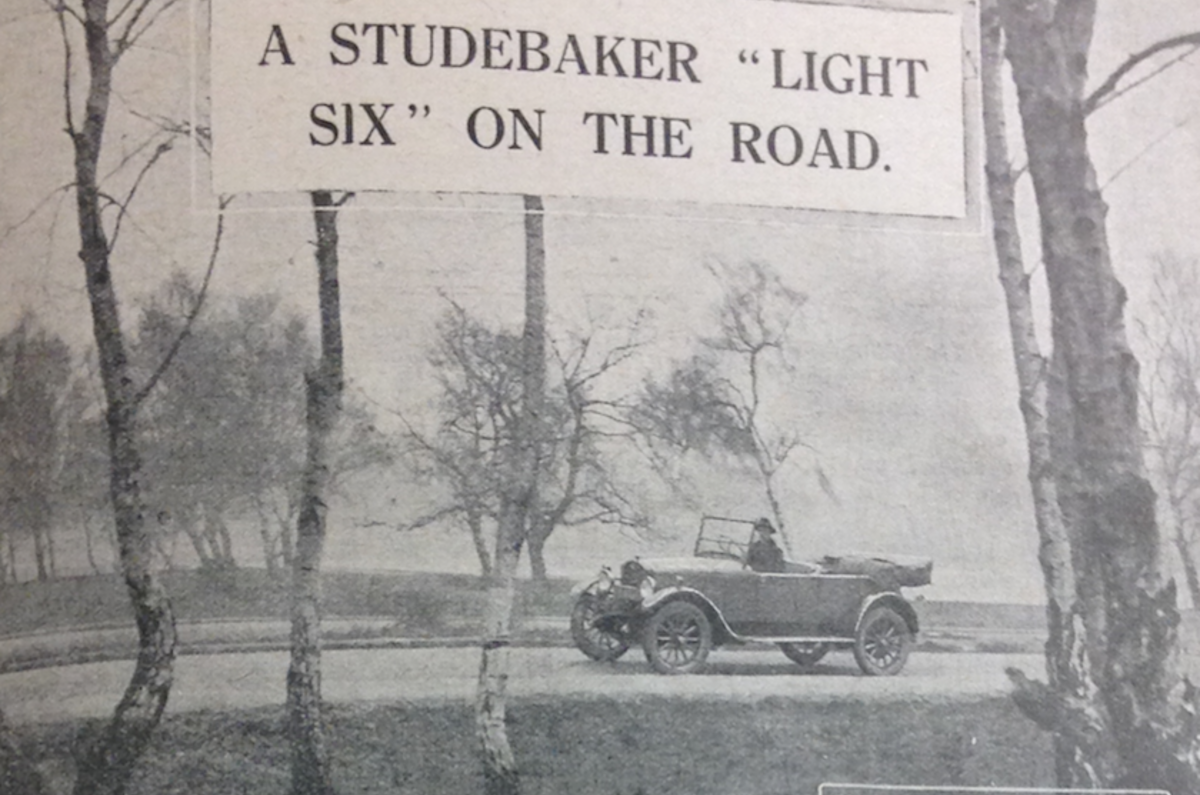
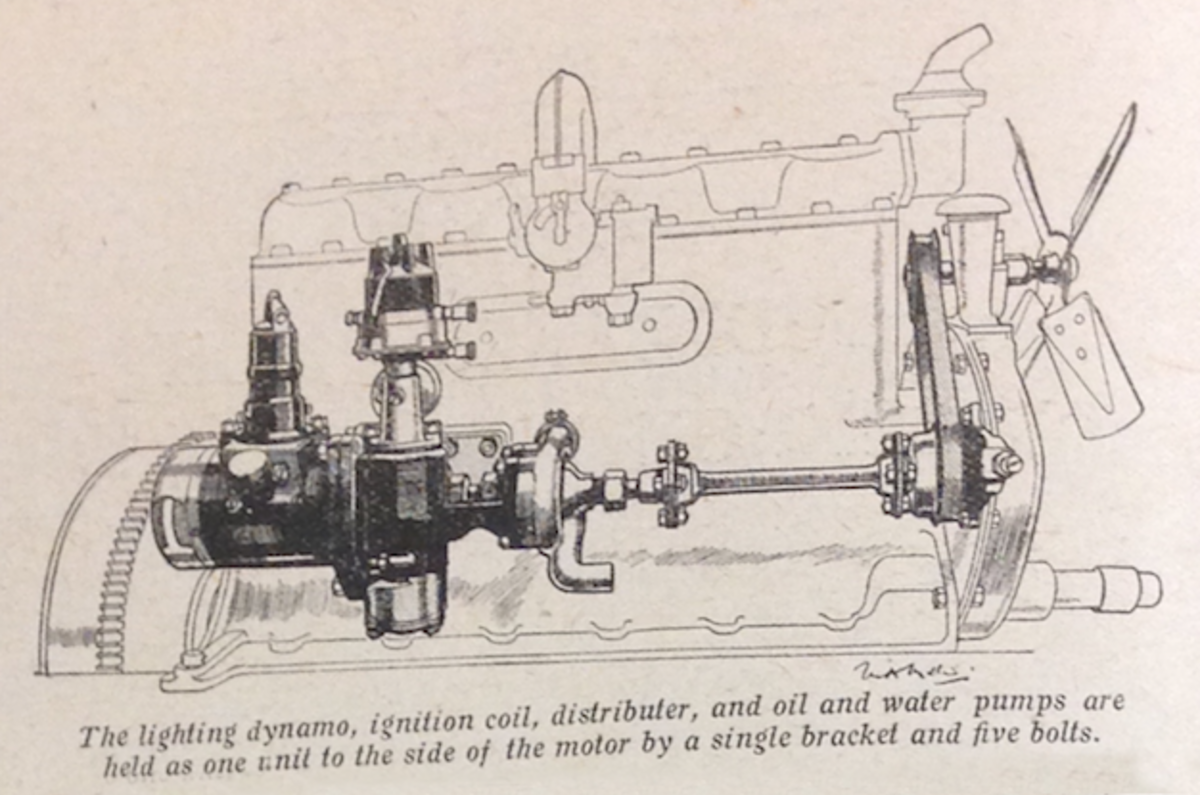
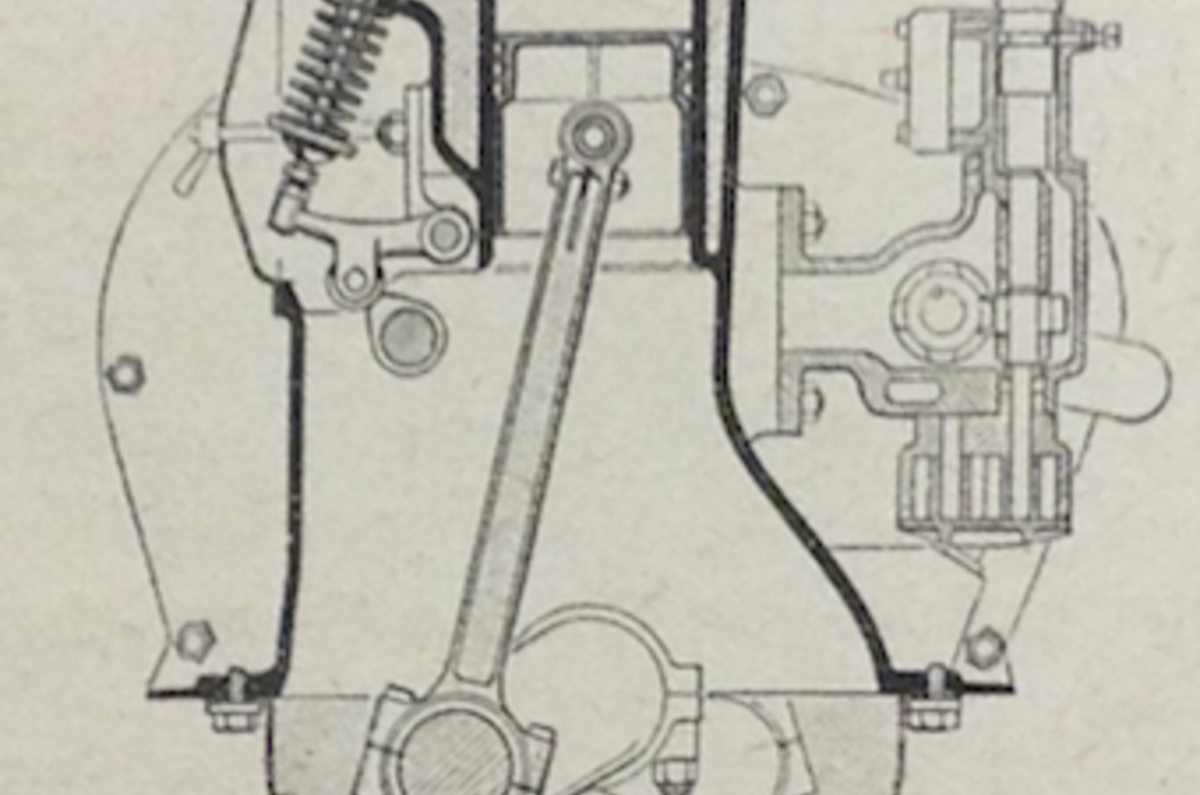
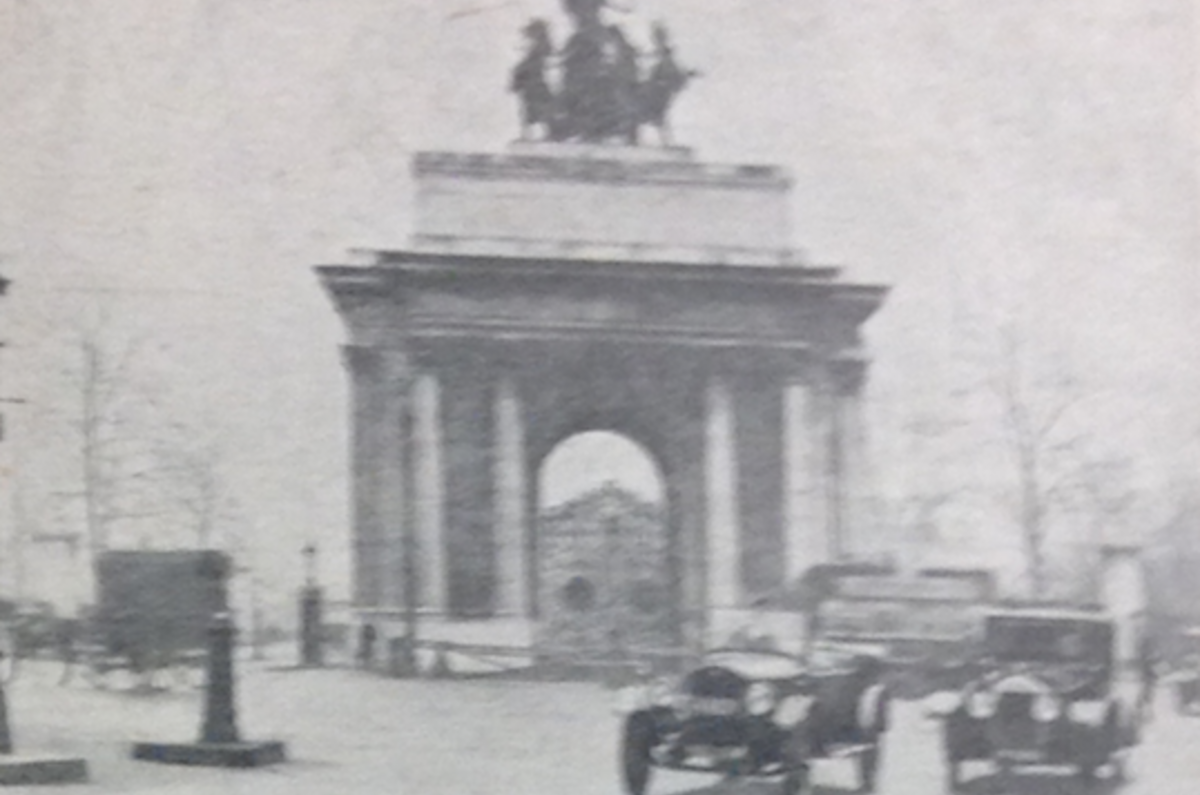
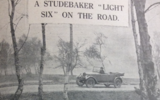
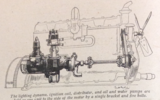
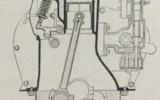



Add your comment